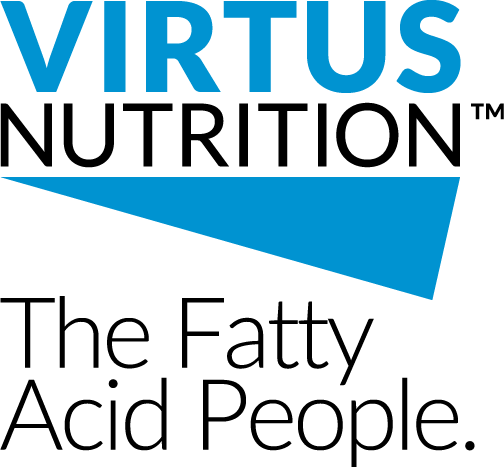Research Review
Twenty plus years of EnerGII being fed to dairy cows… let’s take a look back at the research results.
FAT REVIEW
SNIFFEN & CHALUPA 2004
12–18 Studies 1 lb. Feeding Rate
META-ANALYSIS
LEAN, ET AL. SBScibus 2011
21–28 Studies 1 lb. Feeding Rate
ENERGII VS. DDG
HAVLIN, ET AL. UC DAVIS 2014
380 Cows/Trt. 1 lb. Feeding Rate (Adj.)
Increase in Milk Per Day
When compared to a ‘no added fat’ control diet, EnerGII consistently yields more milk.
Increase in Milk Fat
Most recent studies show an increase in milk fat as EnerGII adds more Palmitic Acid, often replacing some unprotected 18:2 source, such as distiller’s grain.
Increase in Fat Corrected Milk
The overall impact is 5+ pounds more FCM at the 1 pound feeding rate.
* P<0.01 ** P<0.05
Better FCM / Dry Matter Intake Ratio
Due to the impact of Oleic on increasing digestibility, EnerGII yields higher FCM with the same or lower intake.
CHANGE IN DRY MATTER INTAKE (LB./COW/DAY)
[amcharts id=”dmi”]
Higher Feed Efficiency
More fat corrected milk with the same or less intake means a more efficient herd.
Better Body Condition
EnerGII gives cows more energy to use wherever they need it most, including replenishing body condition.
* P<0.01 ** P<0.05
The Why Behind the Results
The Profile of EnerGII – 50% Palmitic & 35% Oleic
• Lock et al., 2005 • Doreau and Ferley, 1994




